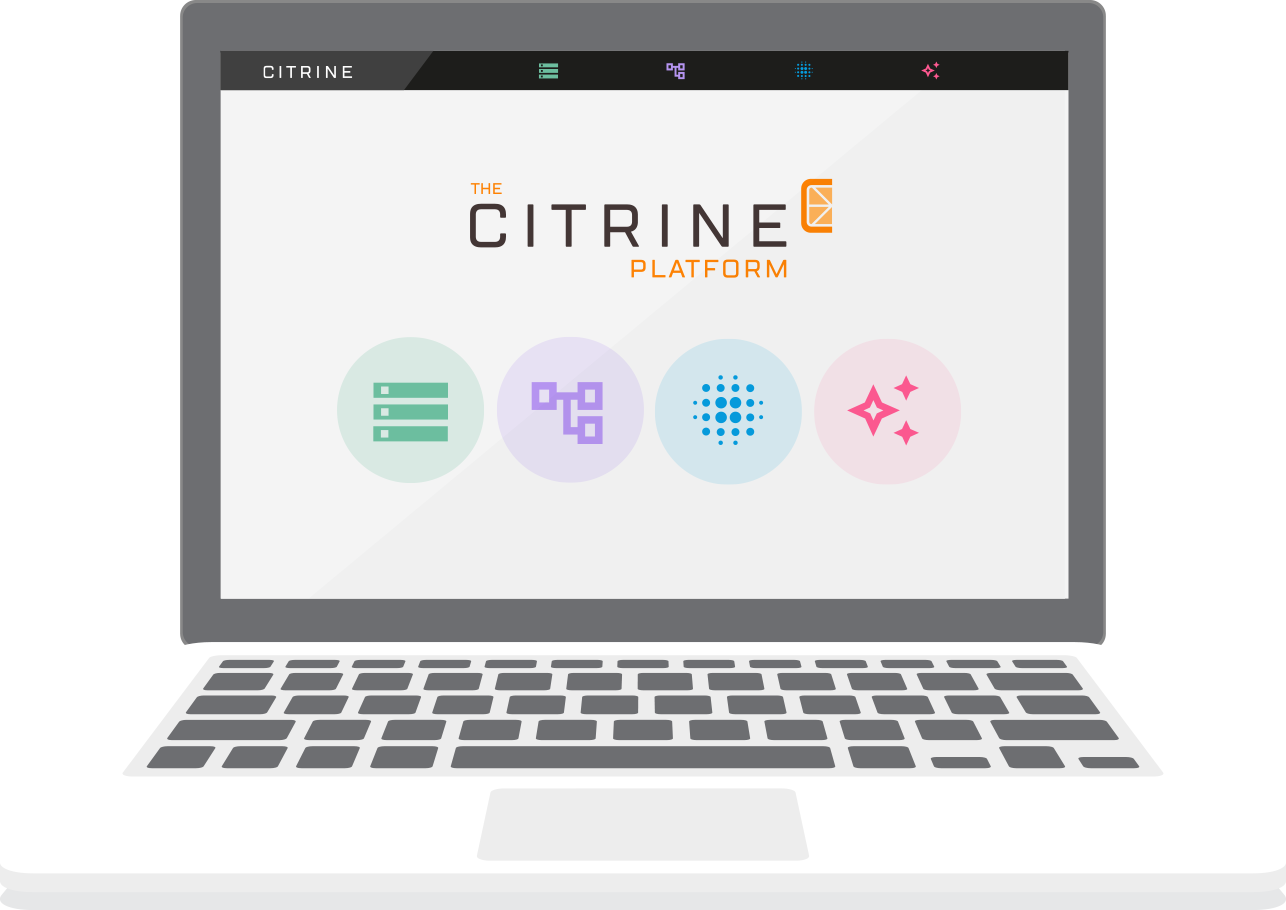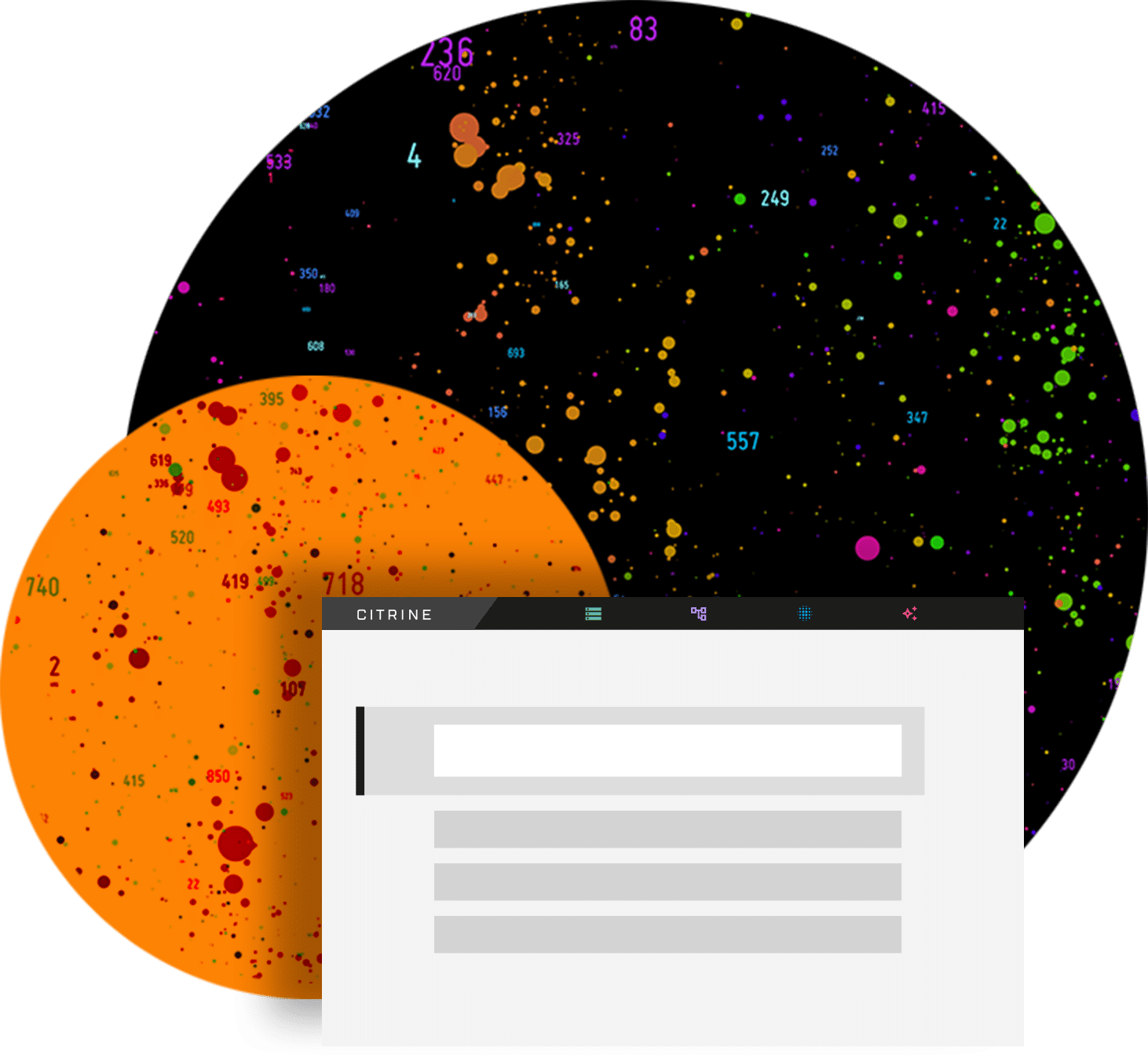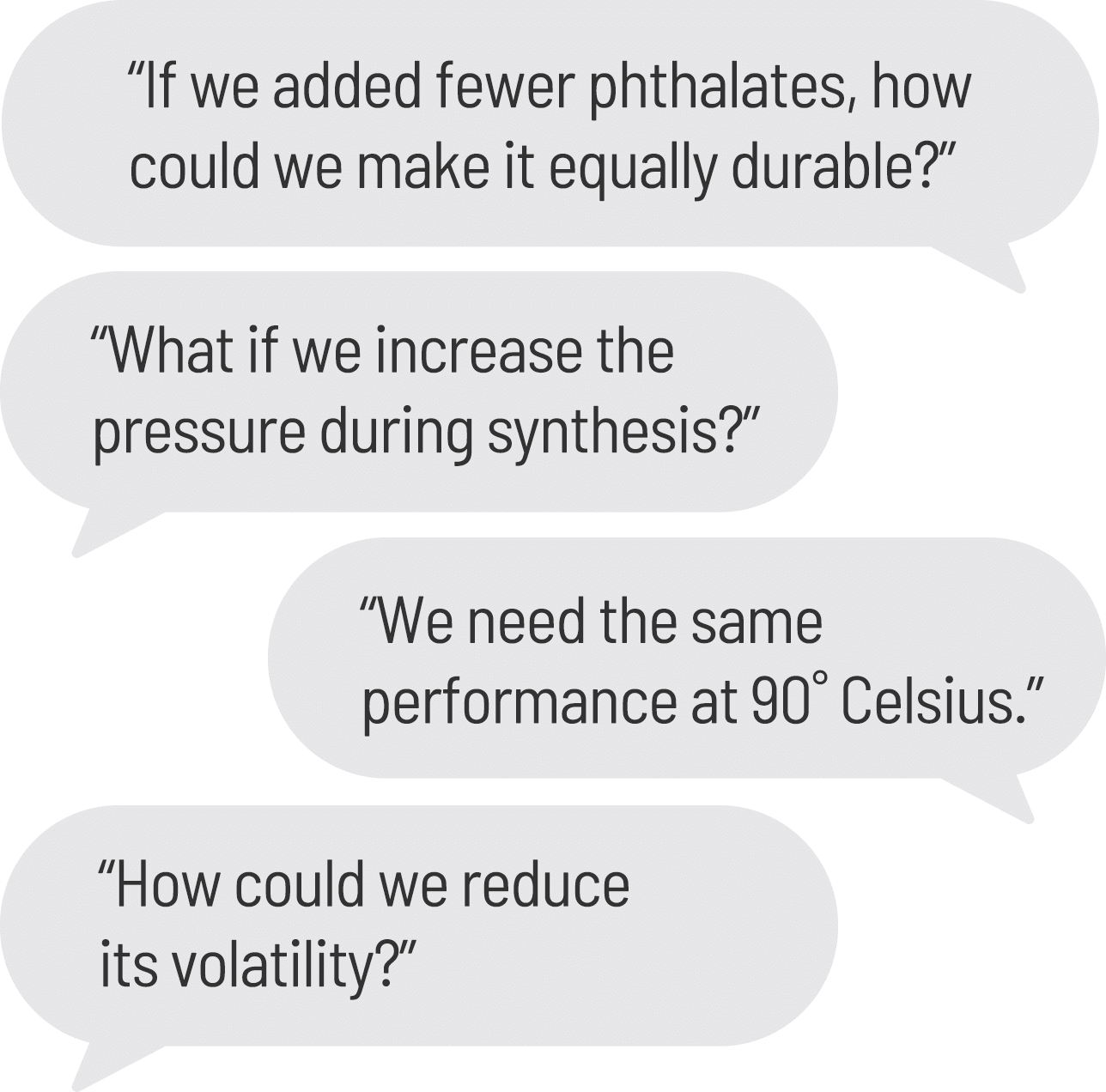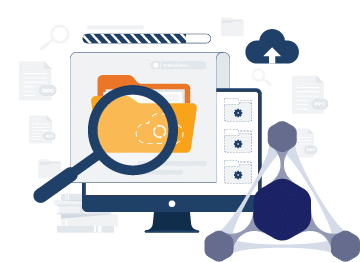Introduction to | Materials Informatics

|
What it does
Creates insights from data
|
Why it matters
To understand, develop, and discover new materials and chemicals
|
How it works
Using machine learning, sequential learning, and statistical techniques
|

What Materials Informatics does:
Materials informatics creates insights from data
- Today’s researchers run experiments defined by their expertise, create lots of data, and then use their expertise to figure out what to do next because the data are too complicated
- Informatics uses computational techniques to analyze and interpret this data far more efficiently than a human alone could ever do
- The AI model helps us understand the trends and relationships in our data and, more importantly, identifies new materials recipes to achieve our goals faster

Why Materials Informatics matters:
Materials informatics lets us efficiently develop and discover new materials and chemicals
- New materials can take years to develop, using specialized knowledge, trial-and-error, and luck. Materials informatics yields more discoveries in far less time.
- To create innovative, high-performance materials, scientists need to test too many ideas physically. Materials Informatics gets AI to run many, many virtual experiments, so they can refine their theories and focus on the most promising options.

How Materials Informatics works:
Materials informatics uses artificial intelligence, expert knowledge, and statistical techniques
- Artificial Intelligence (AI) lets computers learn to “program” themselves. First, humans create an AI model and train it with relevant data. With materials, this might include ingredients and a manufacturing process, as well as the physical characteristics of the end product, like melting point, color, solubility , etc.
- The model then trains itself to find patterns and predictions. Humans help refine the model, using sequential modeling and a variety of statistical techniques to point toward more accurate results.
Example:
A chemist might want to create a clear material without using a key ingredient. The model might propose a ranked list of 100 ways to create this. The chemist would refine the results by testing the most promising options in a lab and then retraining the model to become smarter based on her results.



